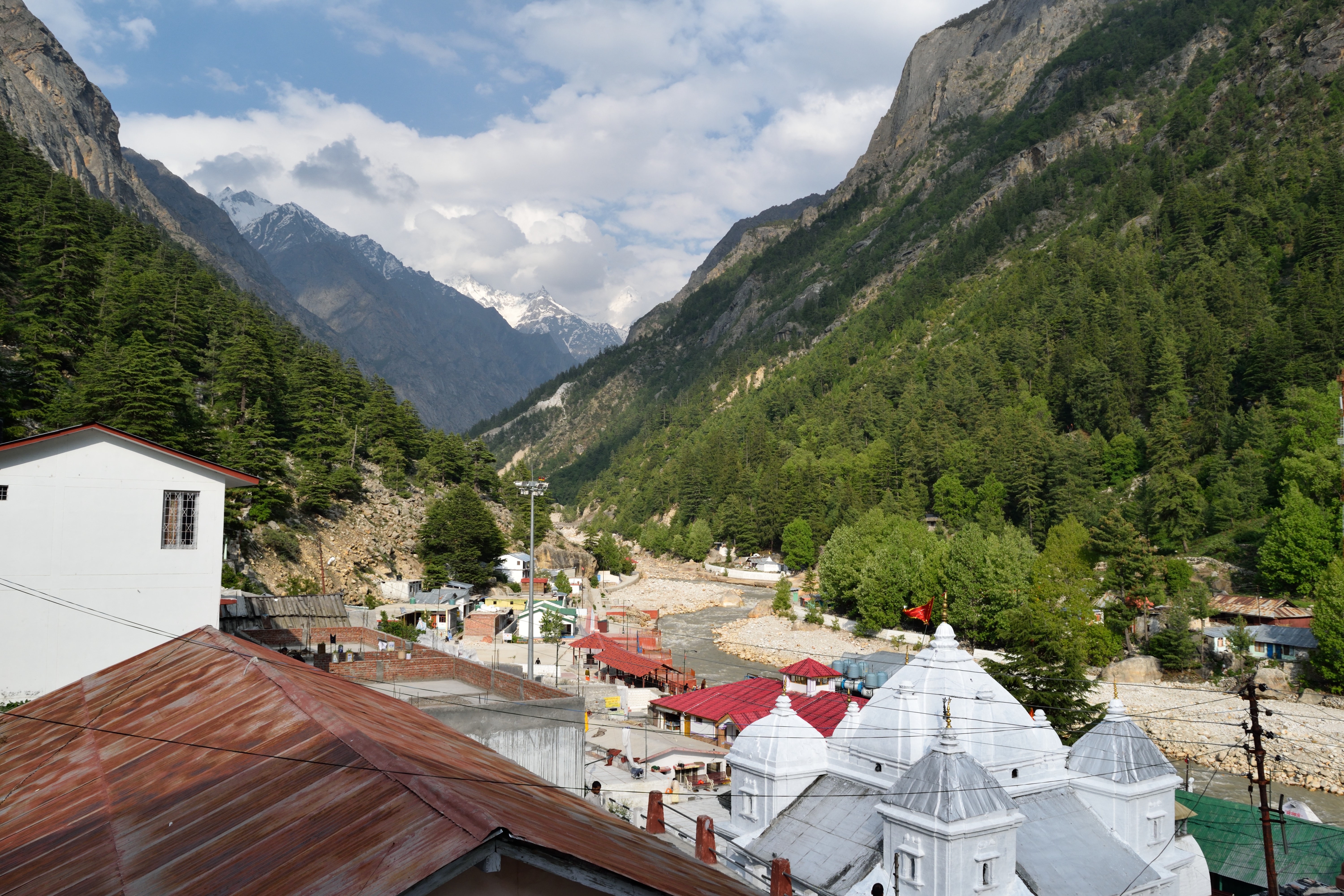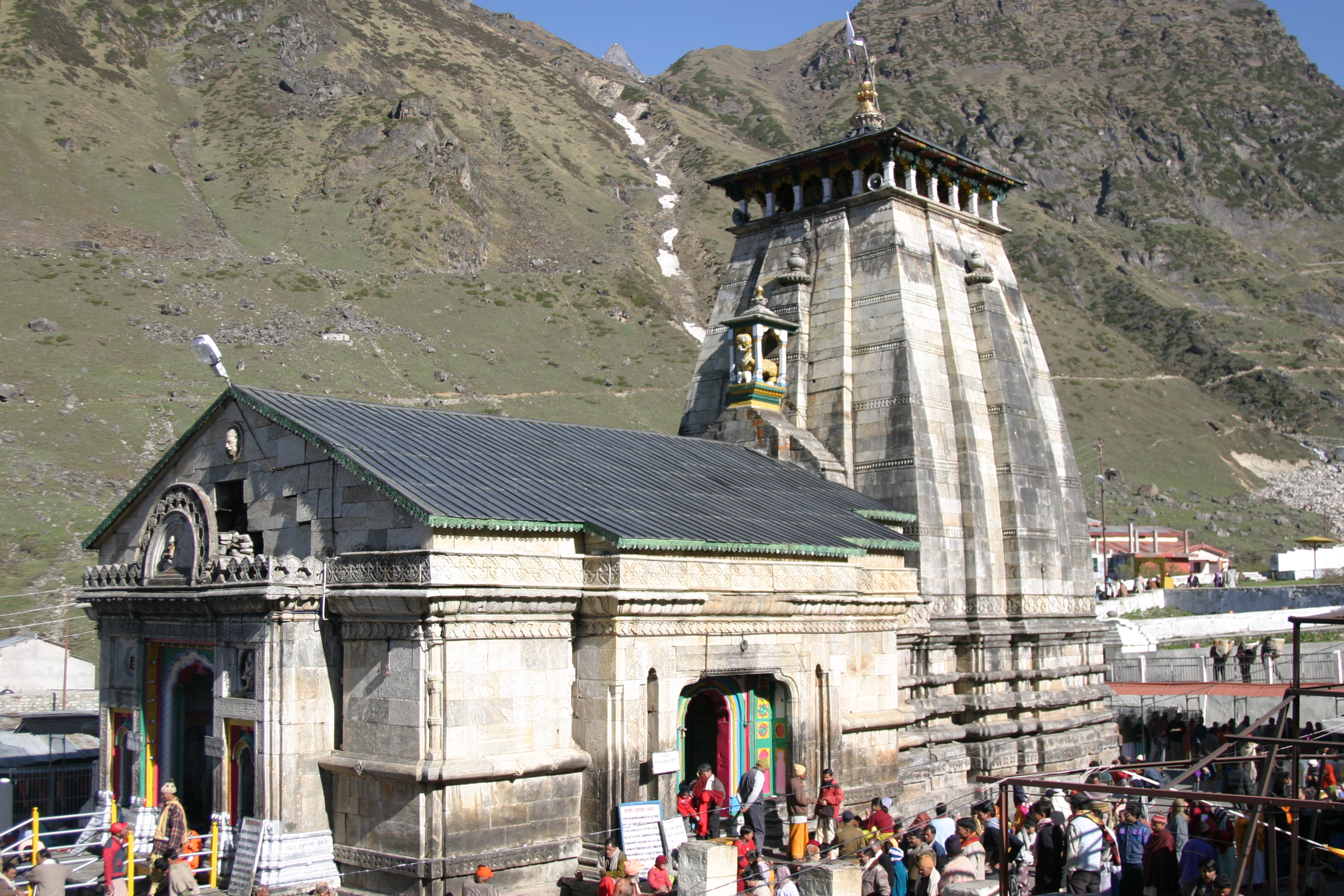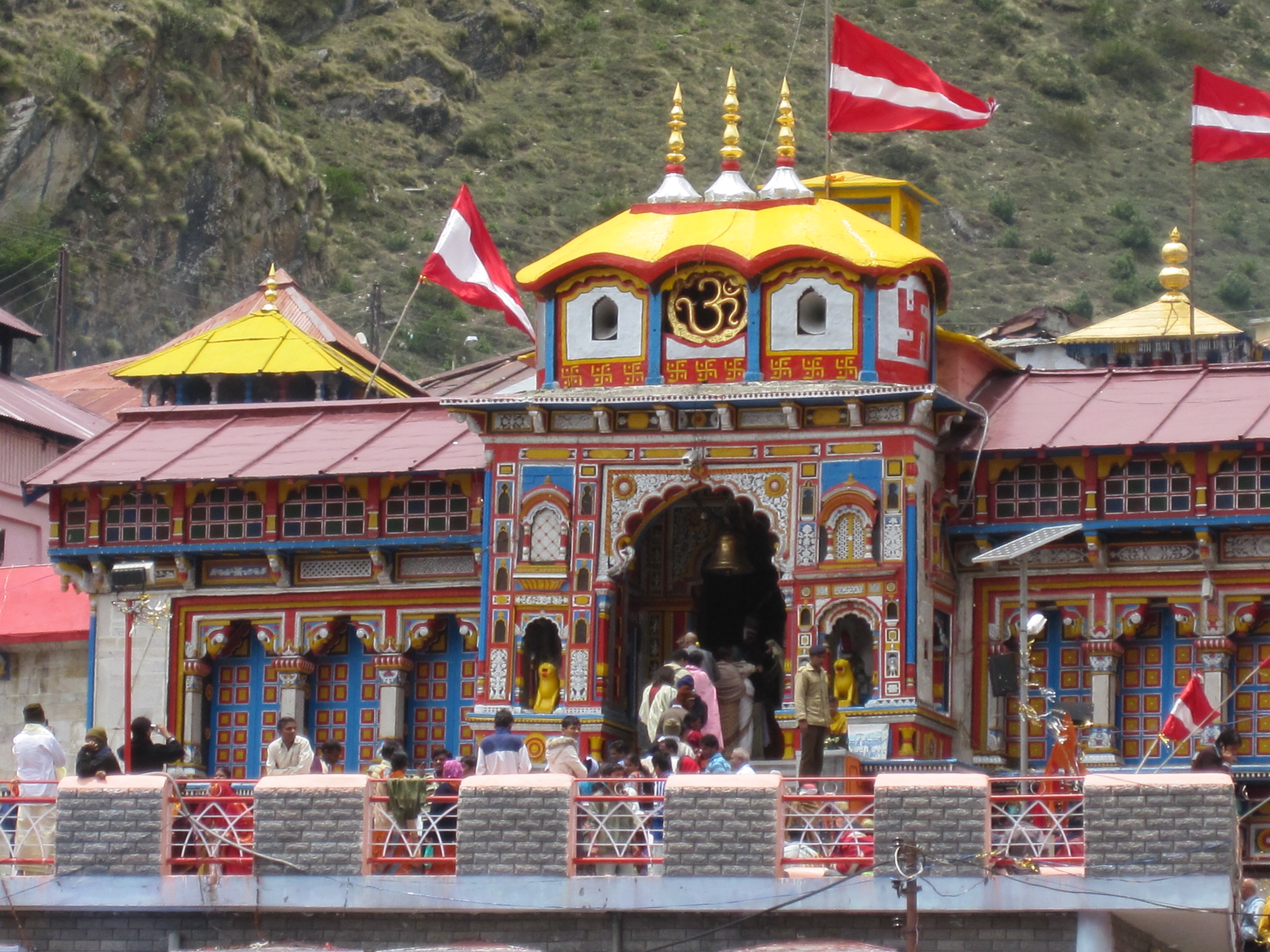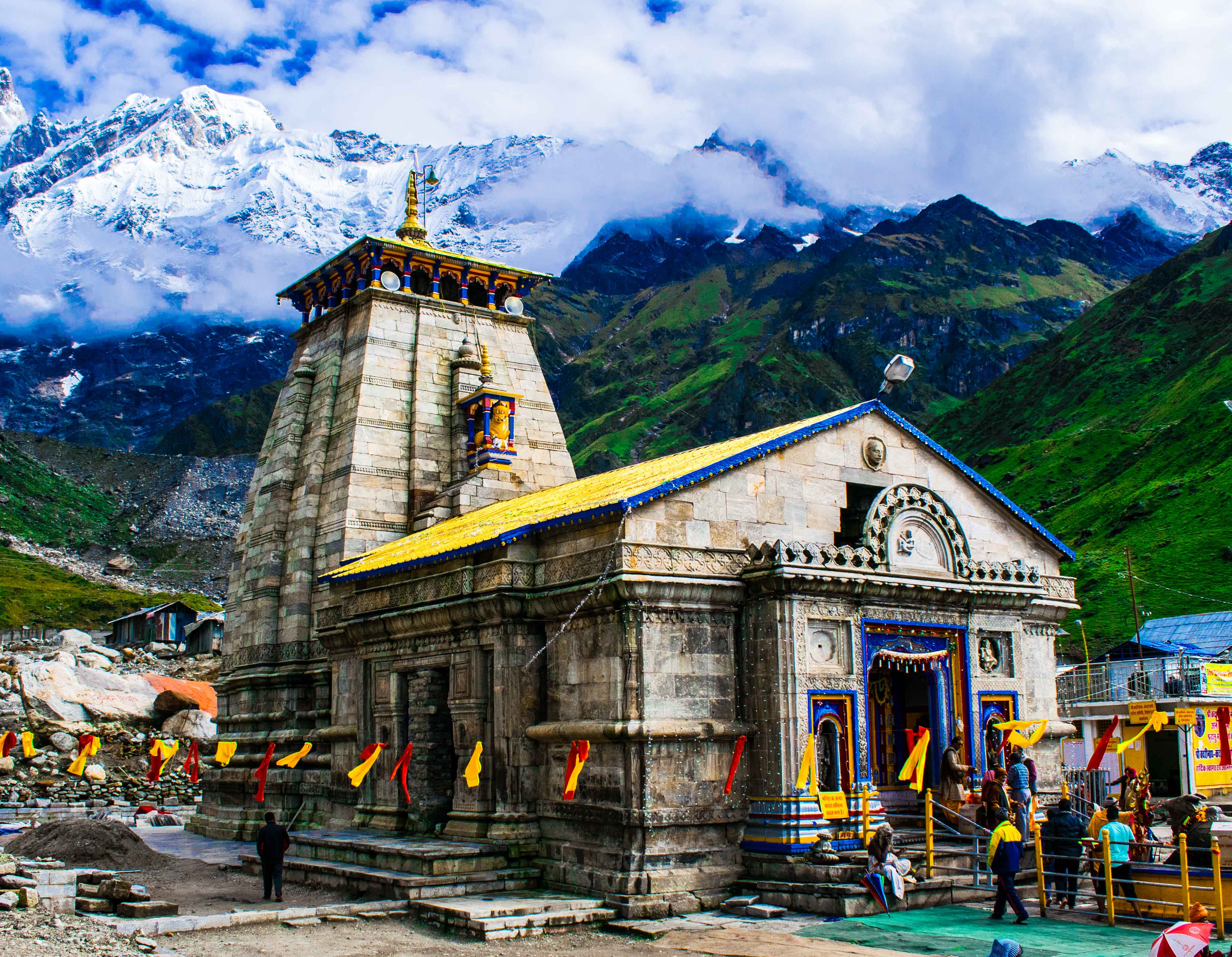



Yamunotri Temple stands as a profound spiritual sanctuary nestled in the majestic Garhwal Himalayas, embodying centuries of religious devotion and mythological significance. The temple is more than a mere architectural structure; it represents a deep connection between divine feminine energy and the natural landscape, where legends of Goddess Yamuna intertwine with geographical splendor.
The spiritual narrative of Yamunotri is rich with mythological importance, particularly centered around Goddess Yamuna, daughter of Surya and Saranyu. Her divine relationship with Yama, the god of death, forms the foundational mythology of the site, symbolizing familial bonds and spiritual protection. This mythological context elevates Yamunotri beyond a simple pilgrimage destination, transforming it into a sacred space where celestial narratives come alive.
Historical records reveal the temple's evolution through various royal patronages, with significant contributions from the Garhwal Kingdom. Maharaja Pratap Shah initiated the first temple construction in the 19th century, with subsequent renovations by King Sudarshan Shah and Jaipur Maharani Guleria. These architectural interventions reflect not just physical reconstruction but a continuous spiritual commitment to preserving the sacred site.
The temple's architectural design is a remarkable testament to local craftsmanship, featuring a black marble idol of Goddess Yamuna and intricate carvings depicting Hindu mythological scenes. Its structure, with sloping roofs designed to withstand harsh Himalayan conditions, symbolizes the resilience of both architectural and spiritual traditions. The temple embodies a harmonious blend of functional design and spiritual aesthetics.
Natural phenomena play a crucial role in Yamunotri's spiritual landscape, particularly the sacred hot springs like Surya Kund. These geothermal manifestations are not merely geological wonders but are deeply integrated into religious practices. Devotees traditionally cook rice and potatoes in these boiling waters as sacred offerings, transforming a natural feature into a ritualistic experience that connects human devotion with elemental forces.
The temple forms a critical part of the revered Char Dham pilgrimage circuit, attracting devotees from across India. The challenging trek to the shrine is itself a metaphorical journey of spiritual purification, where physical endurance mirrors inner transformation. Pilgrims navigate treacherous mountain paths, viewing each step as a form of sacred commitment and personal spiritual challenge.
Seasonal rhythms dictate the temple's accessibility, with the shrine open from Akshaya Tritiya in spring to Yama Dwitiya in late winter. This cyclical pattern reflects the broader Hindu philosophical understanding of time as circular rather than linear, where natural and spiritual cycles are intrinsically connected. The temple's yearly opening becomes a metaphorical rebirth, symbolizing renewal and spiritual regeneration.
Modern pilgrims continue to be drawn to Yamunotri, not just by its religious significance but by the profound spiritual energy that permeates the landscape. The temple represents a living tradition where mythology, natural beauty, and human devotion converge, creating a space that transcends mere physical boundaries and offers a glimpse into the eternal dance of divine and earthly realms.
Discover more attractions within 50km that might interest you
Gangotri, Uttarakhand
Sacred Hindu shrine in Uttarakhand, honoring River Goddess Ganga

Uttarkashi, Uttarakhand
Sacred Himalayan wilderness where glaciers meet spiritual pilgrimage

Kedarnath, Uttarakhand
Sacred Himalayan Temple Where Pandavas Sought Divine Forgiveness